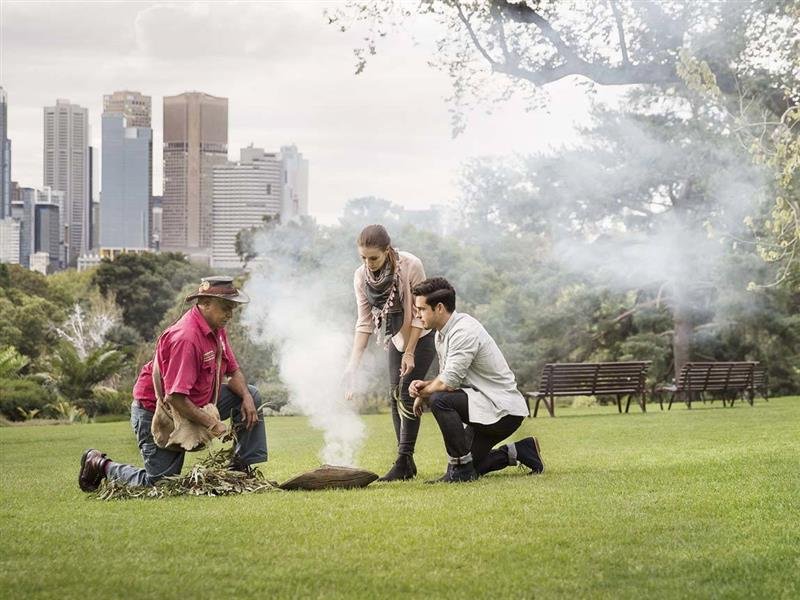
Melbourne, Australia
Destination Information
Melbourne stands on the ancient grounds of the Kulin Nation of the Wurundjeri people. For the Kulin Nation, Melbourne has always been an important meeting place for events of social, educational, sporting and cultural significance.
Climate and Weather
Despite having four distinct seasons, Melbourne's weather is known for being a bit unpredictable. Summers (December - February) are generally warm and winters (June - August) cold, but just ask a local and they’ll tell you that it’s not uncommon to experience all four seasons in a single day!
In winter, Melbourne’s average daily temperatures ranges from 6.5 - 14.2°C (43.7 - 57.6 °F). While heavy rainfall is unusual, it’s not uncommon to have a wet and windy day or wake up to frost in the mornings. But when the sun comes out, Melbourne winters are brisk and beautiful. For more information visit the Tourism Australia website.
Currency and Foreign Exchange
Australia has a decimal system with 100 cents to the dollar ($AUD). Coins have values of 5, 10, 20 and 50 cents, $1 and $2 dollars. Notes have values of $5, $10, $20, $50, and $100 AUD.
Major city bank branches can exchange foreign currency. Foreign currency exchange bureaus are also available at the airport and in Melbourne's central business district. ATMs (automatic teller machines) are widely available in the city and regional areas.
Tipping is not customary in Australia and is at your discretion.
For more information on currency and goods & services taxes click here.
Electricity and Voltage
In Australia the power plugs and sockets are of type I. The standard voltage is 230 V and the frequency is 50 Hz.
Visas
All passport holders (except Australian or New Zealand) must apply for a visa before leaving home. You can apply for a range of visas, including tourist visas and working holiday visas, at your nearest Australian Consulate. You can also apply for certain types of visas online.
To find the most suitable visa, check eligibility, or find out about visa extensions, visit the Department of Home Affairs website.
If you need a letter of invitation for your travel visa application, please contact the conference secretariat with your request. Be sure to include all of the information you would like on the letter. This could include your Name, Institution, Address, Telephone Number, Passport Information (passport #, country of issue, date of expiration, date of birth).
Getting There
Getting to Melbourne is easy with international and domestic flights arriving direct to two airports.
Melbourne Airport at Tullamarine (MEL) is 22km (14mi) from the city and services international and domestic arrivals
Avalon Airport (AVV) is 55km (34mi) from the city and services international and domestic flights
Hire cars, taxis, rideshares and a shuttle service (Skybus) to the CBD are available from both airports.
Getting around
Getting around is just as easy as finding a great cup of coffee in Melbourne. The city offers clean, reliable and affordable public transport services. There is even a free City Circle tram line with historical commentary.
Download the Official Visitor Guide, Victoria, Australia (visitmelbourne.com)
Enjoy Melbourne…
-

Eat & Drink
Melbourne is a melting pot of cultures, a fact reflected in its restaurants, cafes, bistros and bars. Feast on dizzying spread of the world’s greatest cuisines.
-

Tours
Explore Melbourne on foot with an expert walking guide, join a bus tour or follow the historic City Circle Tram route on a tour of the city’s cafes.
-

Art & Galleries
Get up to speed with the latest exhibitions while you're in town and visit some of Melbourne’s best boutique galleries.
